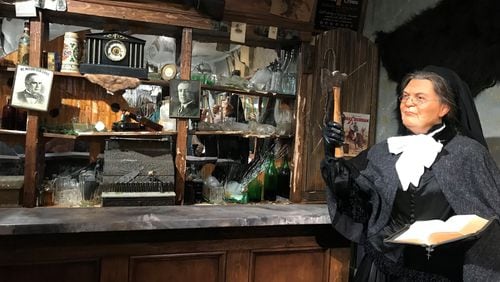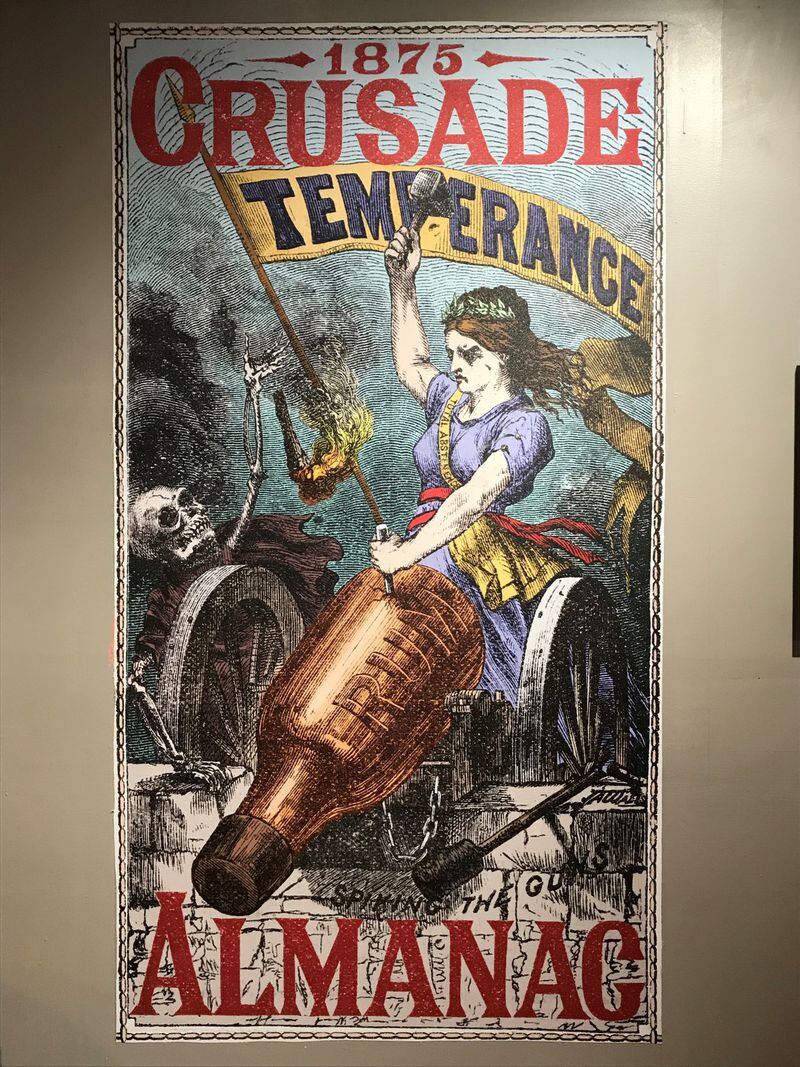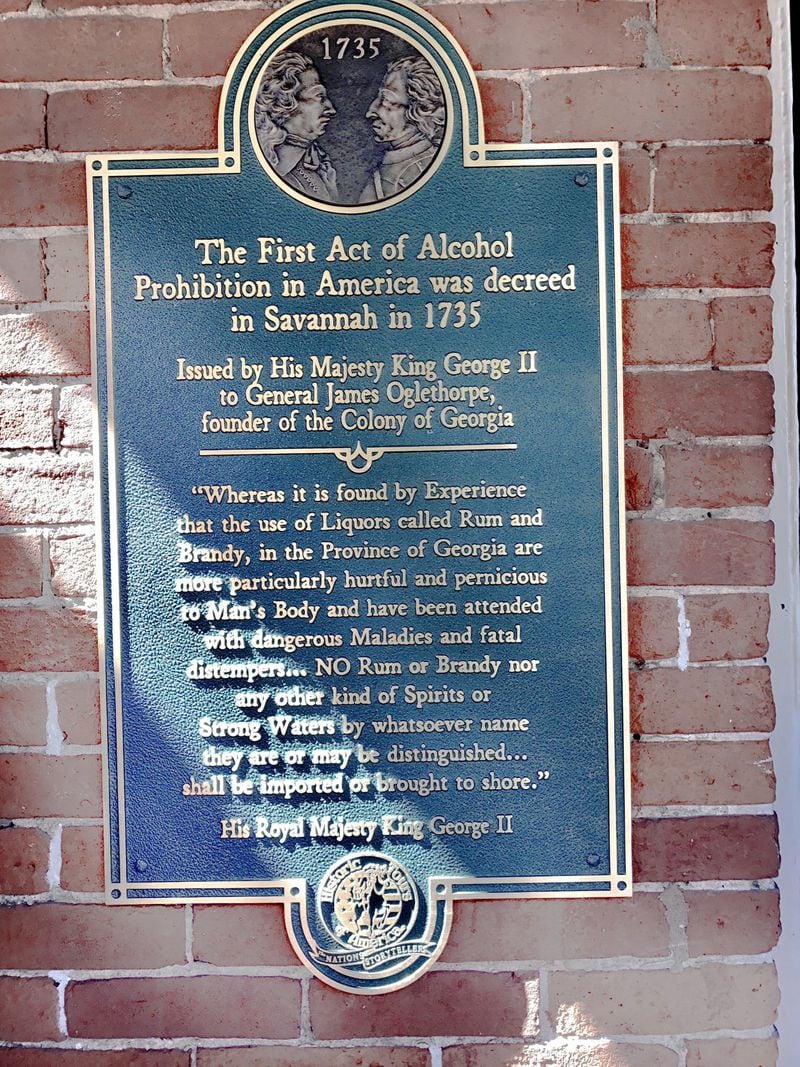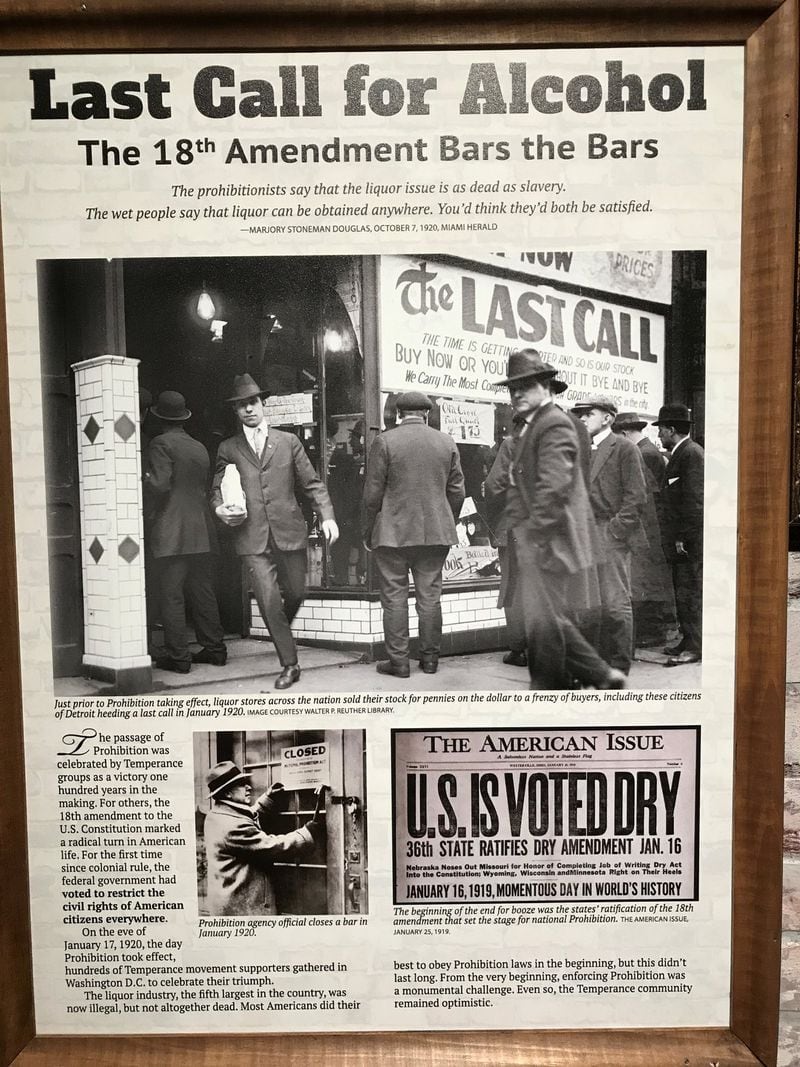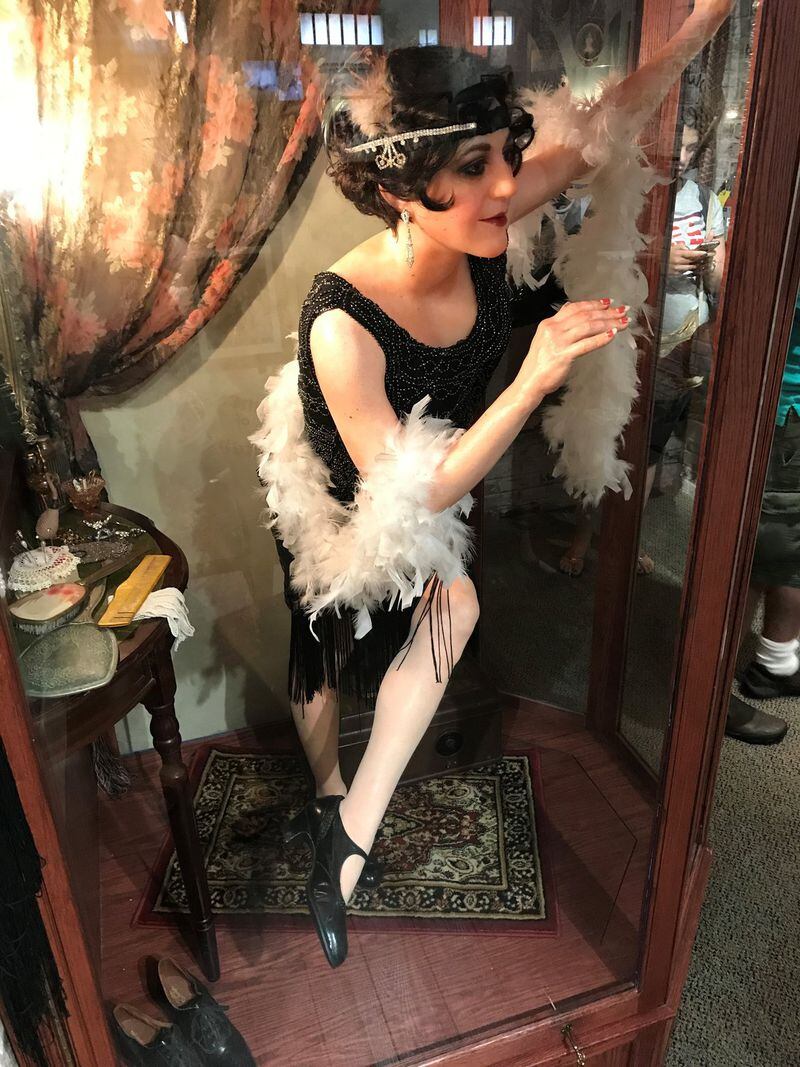Savannah puts an easy smile on the face of imbibers who walk its historic streets with plastic to-go cup in hand. But the newly opened American Prohibition Museum adds a different dimension to the coastal city's long-standing drink culture.
The museum, located among the shops and restaurants of downtown Savannah’s City Market, opened May 29. Exhibits in the 5,500-square-foot space tell the story of Prohibition — the good, the bad, the ugly.
“The battle against liquor consumption and the moral depravity it harbored was waged for centuries before Prohibition passed in 1920,” reads one panel. “While the Temperance Movement saw its greatest political power in the early 1900s, the true strength of the Movement was the hundreds of smaller organizations across the country which stood stubbornly against rampant public drinking.”
Photos, posters and other artifacts shed light on temperance campaigns led by such groups as the Woman’s Christian Temperance Union and the World League Against Alcoholism, whose victory came in the passage of the 18th Amendment.
Among the dozen galleries is one that sees a human-sized wax figure of Temperance Movement leader Carry A. Nation standing next to a bar smashed to smithereens with an ax. A nearby glass case holds Nation-related temperance crusade trinkets and souvenirs, reminders of her celeb status during the war on alcohol.
While the museum paints a broad picture of how Prohibition affected individuals and businesses throughout the country, it also gives a lens to local ties with drink. A plaque posted at the museum entrance notes that the first act of alcohol prohibition in America was decreed in Savannah in 1735. It was a “whereas” from King George II to James Oglethorpe, founder of the colony of Georgia.
Another fact: Georgia was the eighth state in the Union to go dry prior to national Prohibition. Georgia passed its first “local option” law in 1885. By 1896, 100 of the state’s 137 counties had voted themselves dry, and the state went completely dry in 1908. That didn’t go over well with Savannahians or “wets” in other parts of Chatham County, who pushed to secede from Georgia and form their own State of Chatham.
RELATED: A food lover’s short list for fueling up in Savannah
Savannah’s long-standing ties to alcohol were a primary reason why the city was chosen as site for this museum, a project two years in the making. “Savannah is the spigot of the South,” summed Edwin O. Swift III, president of Historic Tours of America, which owns and operates the American Prohibition Museum as well as historic attractions in Florida, Tennessee, Massachusetts, California and Washington, D.C.
The museum also weaves into the mix the illicit side of Prohibition, that of Blind Tigers, moonshiners and speakeasies.
Blind Tigers were those who sold liquor on the street to bystanders. One display depicts a police raid of a Blind Tiger operation in the Georgia State Capitol building. It cites a story by The Atlanta Constitution that stated that 25,000 gallons of liquor were taken from the raids there over a period of six days.
During Prohibition, Georgia also boasted more moonshine stills and busts than any other state in the nation. At the museum, it is none other than moonshiner Tim Smith of Discovery Channel fame who dons blue dungarees and gives a video spiel about making white lightning. The museum also claims the largest collection of copper stills in the U.S.
Exhibits bring attention to speakeasies, and how tightly woven they were to the rise of jazz and flapper fashionistas. In addition, visitors can learn about gangster ties to Prohibition and even its NASCAR connection, since Appalachian Mountain moonshine runners needed souped-up Fords to outrun cops.
By the time visitors are finished filling their heads with facts about Prohibition, its repeal in 1933, and the place of this “Great Experiment” in U.S. history, they might be ready for a drink. The museum also has a bar that shakes and stirs classic cocktails.
AMERICAN PROHIBITION MUSEUM
10 a.m.-5 p.m. daily. $12 general admission, $20 for admission plus a cocktail in the museum's speakeasy, $9 children ages 12 and under, other discounts available with purchase of trolley package. City Market, 209 W. St. Julian St., Savannah. 912-551-4052, Americanprohibitionmuseum.com.
